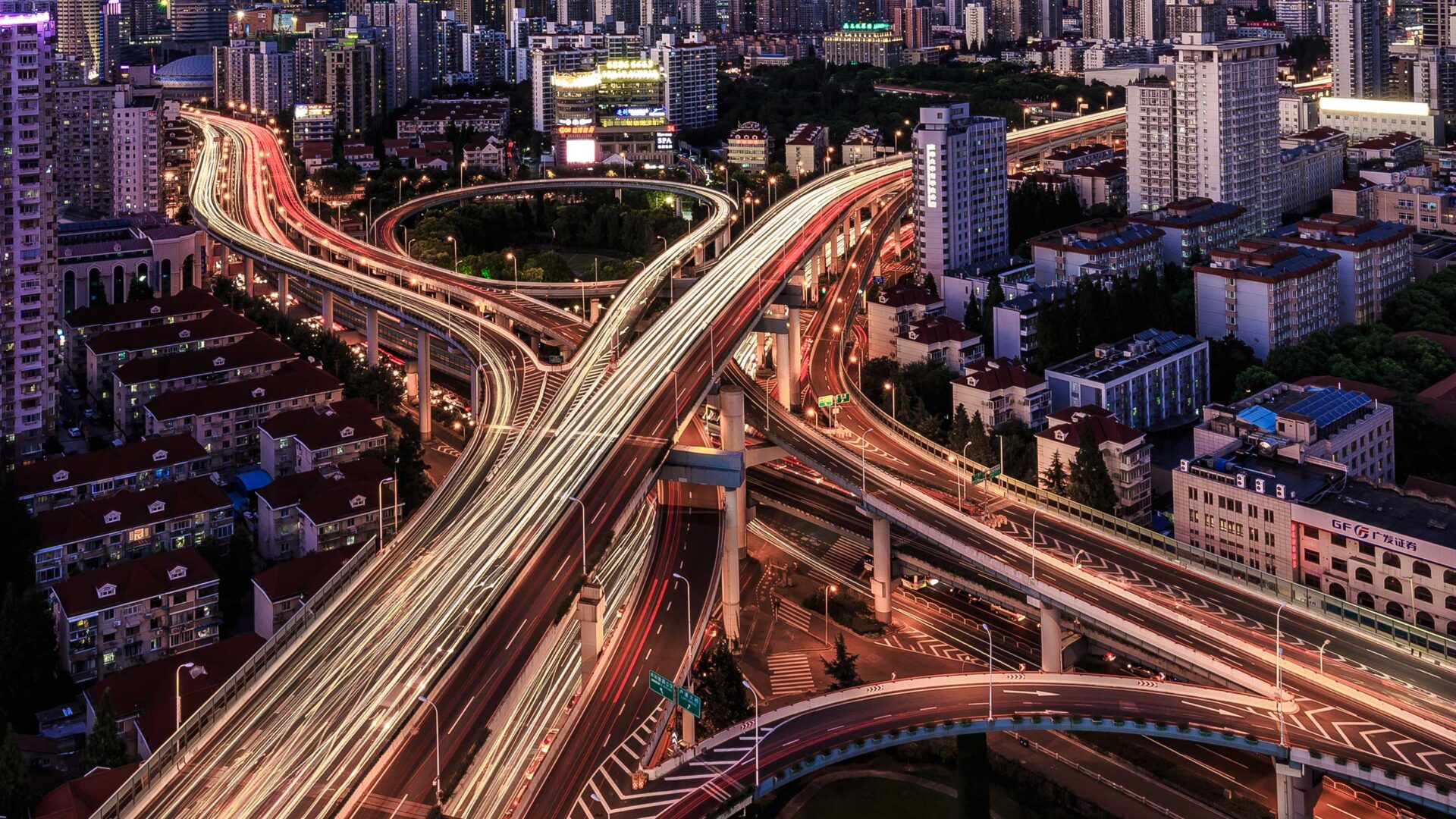
Urban Mobility: Strategies and Innovations for Creating Efficient, Equitable, and Sustainable Transportation Systems
With the world population increasingly gravitating towards urban areas, cities are under immense pressure to provide reliable and sustainable transportation systems. The growing population in cities also means an increase in traffic congestion, air pollution, and the number of road accidents. Urban mobility, which refers to the movement of people and goods within and between urban areas, is therefore a critical component of urban planning and design.
Cities around the world are implementing a range of strategies and innovations to make their transportation systems more efficient, equitable, and sustainable. In this article, we will explore some of these strategies and innovations.
Promoting Active Transportation
Active transportation, which includes walking, cycling, and other forms of human-powered transportation, is an effective way to reduce congestion, air pollution, and greenhouse gas emissions. Cities can promote active transportation by investing in infrastructure such as bike lanes and pedestrian walkways, improving accessibility, and launching public awareness campaigns.
Several cities have already implemented successful active transportation initiatives. For example, Amsterdam is famous for its extensive network of bike paths and the use of bicycles as the primary mode of transportation. The city has invested in infrastructure such as bike lanes, parking facilities, and bike-sharing schemes, making cycling safe and convenient for its residents.
Investing in Public Transportation
Investing in public transportation is another effective strategy for reducing traffic congestion and air pollution while providing affordable and accessible transportation to all residents. Cities can invest in new public transportation systems, upgrade existing ones, and expand the coverage area. Public transportation systems can also be made more sustainable by using electric or hybrid vehicles and investing in renewable energy sources to power the system.
For example, the city of Shenzhen in China has successfully implemented a fleet of electric buses and taxis, making it the first city in the world to electrify its entire public transportation system. The move has reduced air pollution and improved the quality of life for the city’s residents.
Integrating Smart Technologies
Smart technologies such as sensors, cameras, and data analytics can be integrated into transportation systems to optimize routes, reduce wait times, and improve overall efficiency. For example, real-time data can be used to adjust traffic signals, reroute buses, and manage congestion.
The city of Barcelona in Spain has implemented a smart transportation system that uses sensors and cameras to monitor traffic, parking availability, and public transportation usage. The system provides real-time information to commuters, enabling them to make more informed decisions about their travel.
Improving Accessibility and Equity
Transportation systems must be accessible and equitable, providing affordable and reliable transportation to all residents, regardless of income or ability. Cities can improve accessibility by investing in infrastructure such as ramps, elevators, and low-floor buses. Public transportation systems can also be made more equitable by offering discounted fares to low-income residents and implementing universal design principles.
For example, the city of Stockholm in Sweden has implemented a system of low-floor buses and ramps, making the city’s public transportation system accessible to people with disabilities. The city has also implemented a congestion charge, which charges drivers for entering the city center, and uses the revenue to fund public transportation and other sustainability initiatives.
Conclusion
Urban mobility is a critical component of urban planning and design. By promoting active transportation, investing in public transportation, integrating smart technologies, and improving accessibility and equity, cities can create efficient, equitable, and sustainable transportation systems. As cities continue to grow and evolve, it is essential to prioritize sustainable urban mobility to ensure the well-being and quality of life of its residents.

Comments (0)